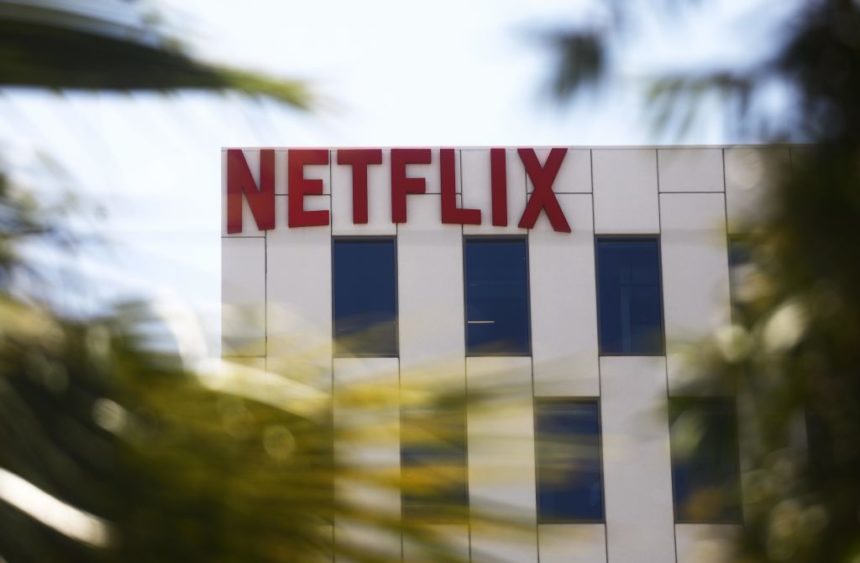Amid a slowdown in the number of new streaming subscriptions, Netflix and Disney+ are exploring ad-supported plans. If they come to pass, they could open a wealth of additional opportunities for marketers in the health and wellness realms.
The potential shift doesn’t exactly come as a surprise to industry observers, who have long wondered when – rather than if – streaming platforms would embrace ad-supported models. Following Netflix’s announcement this week that it lost 200,000 subscribers in the first quarter of 2022 and expects more declines in the second quarter, the move toward ad-supported media is closer to becoming a reality.
Chris Boyer, VP of digital strategy and marketing intelligence at Beth Israel Lahey Health, believes the notion of advertising on streaming platforms has evolved in marketers’ minds. Where it was once perceived as just another place to advertise, it is now considered a potentially fruitful way to reach targeted audiences.
In theory, programmatic advertising on streaming platforms would allow marketers to build on the concept of analyzing audiences through better segmentation and a better understanding of the devices they use to consume content. With this “robust set of analytics,” Boyer believes targeted advertising will find itself on par with social advertising and pay-per-click advertising, creating the “best of all worlds.”
“From my perspective, programmatic advertising is becoming less about promotion and more about utility and enablement through these digital channels,” Boyer explained. “That’s where I see the real opportunity coming into play.”
Even as Netflix considers ad-supported subscription tiers, CEO Reed Hastings said application of such a model likely wouldn’t take place for another 18 to 24 months. In the interim, Boyer encourages healthcare marketers to experiment and familiarize themselves with ad-supported options, such as Hulu and YouTube.
Jonathan Mellinger, COO of BrkThru Digital, said such experimentation comes with little downside. He believes that Netflix should be considered an extension of the reach and frequency of TV buys – which, despite the streamer’s recent losses, remains a “heavily used global brand.”
“If I was a healthcare marketer, I would certainly be interested in exploring what access to data I would have and how I could think about it,” Mellinger added. “It would certainly be something I would want to come to the table and talk about: How we can parse some of their subscriber data to maybe slightly refine the audience we’re trying to message to.”
Maria Simeone, VP of marketing at PulsePoint, believes that a possible Netflix embrace of ad-tier subscriptions could be a “huge opportunity” to “further accelerate healthcare’s investment” in connected TV and over-the-top (OTT) media.
Ad-supported media, she explained, has long allowed for the democratization of content. The proliferation of subscription-based streaming services, however, has limited the accessibility of OTT media for low-income demographics in the U.S.
Simeone added that these populations are typically more likely to suffer from chronic health conditions like obesity, diabetes and high blood pressure.
“Incorporating an ad-based subscription model will allow more people to engage with Netflix content, and provide brand-safe access to the audiences health marketers seek,” she said. “It presents the same living room ad exposure experience as linear TV, but with data overlays to selectively reach high-impact moments of truth. There’s less waste and richer measurement, allowing brands to meet patients and healthcare providers where they are and when they’re on.”
Richard Kaskel, a managing partner at Katon Direct, is similarly bullish on the potential for healthcare marketers to embrace interactive advertising on streaming platforms, referencing the Coinbase Super Bowl commercial that featured a QR code. He characterizes an eventual Netflix ad-supported tier as “exciting” for advertisers seeking to reach specific consumer groups through a sizable library of high-quality content.
“I’m sure Netflix will test a bunch of stuff and they’ll figure it out,” Kaskel said. “It’s great if you’re in the ad business, because more inventory means more opportunities to get your message in front of potential buyers.”







